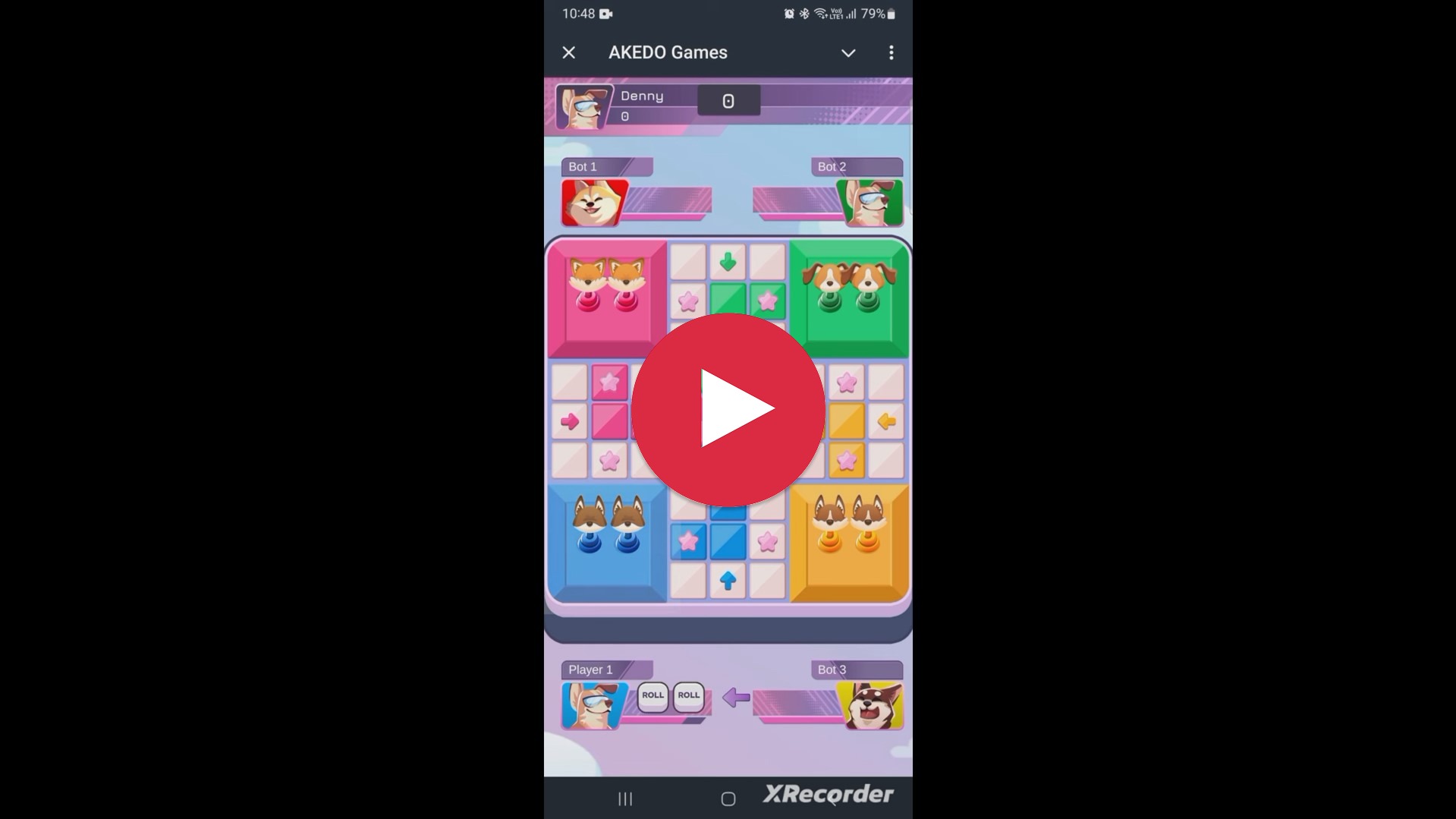Want to Become a Game Designer? Start with a Board Game!

If you’re passionate about becoming a game designer but unsure where to begin, there’s a simple and powerful starting point: design a Tabletop or Board Game.
Why start here ? Because board games don’t require programming skills or software. All you need is paper, everyday objects, and your imagination. This hands on method helps you grasp fundamental game design principles like mechanics, balance, pacing, and player interaction.
Step by Step: Designing Your First Board Game
1. Pick a Simple, Fun Game to Study
- Choose a classic board game that’s easy to learn and fun to play, like Snakes and Ladders.
- Take notes on what works well. What makes it fun or frustrating ? What would you improve ?
2. Identify Core Components
- List the physical elements your version needs e.g., dice, tokens, game board, cards, etc.
- This helps you visualize your design and understand how all parts interact.
3. Define Your Target Audience
Who is your game for ?
- Children ? Teens ? Adults ?
- Solo players or groups ?
Tailoring your game to a specific audience helps guide your decisions about difficulty, theme, and tone.
4. Modify the Experience
Now add your twist:
- Remove features that feel boring or repetitive.
- Add new mechanics or rules to increase excitement.
- Simplify or balance the game to improve the player experience.
Example: Add power ups, shortcuts, or penalties to Snakes and Ladders for more strategy.
5. Create a Prototype
- Sketch your game board and rules on paper or cardboard.
- Use whatever is available like LEGO bricks or coins to represent pieces.
6. Playtest and Refine
Test your game over and over. Pay attention to what works and what doesn’t:
- Is the game too long ? Too easy ? Too random ?
- Are players having fun or getting confused ?
- Revise rules or components as needed.
7. Play with Others
- Once it works solo, invite friends or family to play.
- Watch how they engage with the game and collect honest feedback.
8. Iterate, Don’t Hesitate
- Keep refining your game through feedback and repeated testing.
- Your goal: a smooth, balanced, and enjoyable game experience.
9. Avoid Over Designing
- Don’t drift too far from your original vision.
- Adding too many mechanics or changing genres can make the game feel unfocused.
Final Step: Document Everything
Now that you’ve play tested and iterated on your design, it’s time to write your first Game Design Document (GDD).
Include:
- Game overview and goal
- Target audience
- Core mechanics
- Components list
- Rules and variations
- Playtesting notes and feedback summary
This GDD is your blueprint, a professional step toward designing digital games in the future.
Congratulations, You’re a Game Designer!
You’ve just taken your first real steps into the world of game design. Whether you stay in the tabletop space or move into video games, the skills you’ve built, prototyping, testing, iterating, and documenting are essential in every game design journey.
Now go create something awesome!
Real World Implementation
A while back, I got an assignment to simplify several classic board games for a mobile release, one of them being Ludo.
Now here’s the challenge:
Playing Ludo takes forever.
Four players. Endless turns. Someone always sends another player’s token back home, and the cycle continues until everyone questions their life choices.
So the big question was:
How do we make Ludo faster, without losing the fun?
And just like that, all eyes turned to me. Here’s what I did:
1. Shrank the board by 60%.
Smaller board = faster movement. Less distance to cover means less rage when your token gets sent home. (Trust me, it helps.)
2. Simplified the rules, kept 60% of them.
Any token can now use a safe zone. It gets crowded sometimes, but hey, I believe in humanity.
3. Reduced the tokens from 4 to 2.
Perfect for casual players who love the spirit of Ludo… without the 2 hours commitment.
I tested the new printed layout with two groups of players (4 per group, all familiar with Ludo).
The result? Laughter, chaos, and quick games.
With more shared safe zones, players often gathered in the same spots, turning tense moments into bursts of laughter.
And when a token got kicked home, it could rejoin the action quickly, keeping the pace high.
Average match time: under 10 minutes.
Fastest match: under 6.
The feedback? Super positive.
For the digital version, I added a timer to auto roll the dice (no AFK allowed). And just between us, I may have accidentally activated bots to fill empty lobbies.
So if you ever played my optimized version of Ludo with four players… chances are, three of them were Siri and her sisters.
